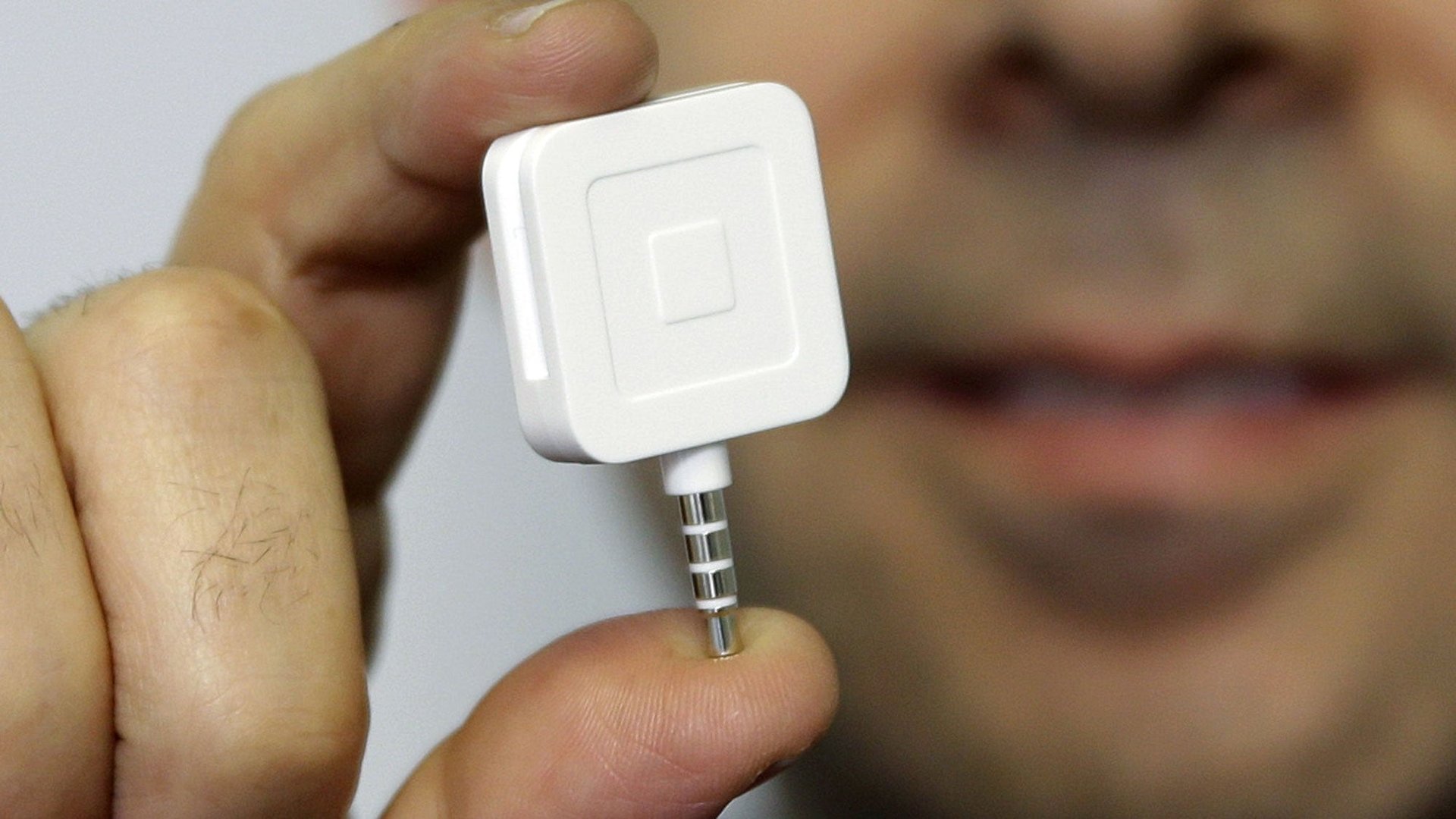A Square executive’s simple formula for making tough decisions
In the tech industry, where companies pride themselves on solving problems quickly, it can be frustrating for projects to hit a standstill because of decisions that need to be made.


In the tech industry, where companies pride themselves on solving problems quickly, it can be frustrating for projects to hit a standstill because of decisions that need to be made.
Gokul Rajaram—considered the Godfather of Google Adsense and currently a Square executive who oversees the company’s restaurant-delivery service, Caviar—explains the formula he relies on to make difficult decisions. In a Jan. 14 blog post, First Round Capital summarizes Rajaram’s advice from a talk he gave at the venture capital firm’s conference in October.
While many teams strive for consensus, Rajaram believes it’s more important to make sure everyone’s opinions are heard and then to arrive at the right decision. To get there, he breaks down every step of the decision-making process using an acronym called SPADE:
Setting
It’s important to understand “what,” “why,” and “when.” What is the decision that needs to be made? Why are we doing this (or what is the objective)? How much time is needed, and why?
People
The key people who are involved with making a decision are: the consultant who provides his or her input, the approver who says yes or no to a decision, and the responsible party who makes the final call. Each plays an important role, but Rajaram says it’s especially important that the decision maker is held accountable. “We believe accountability and responsibility are the same thing,” he adds.
Alternatives
Outline the alternatives and their pros and cons. Work with consultants to try to quantify the impact of alternatives if possible. Ideally, this exercise will yield other alternatives not considered previously.
Decide
Lay out the alternatives, present them to the consultants, and ask for feedback. Then conduct a private vote. “Casting your vote privately is important because difficult decisions can have controversial solutions,” says Rajaram. “Your goal is to get honest declarations, not answers that bend to organizational hierarchy or peer pressure.”
Explain
Explain to the approver the decision-making process. Once the decision has been made and approved, Rajaram says it’s important to hold a meeting to get the public support of everyone—regardless of how they voted. “Go around the room and ask each one of them to support the decision one at a time,” he says. “[W]hen you pledge to support a decision in the presence of your peers, you’re much more likely to support it.” For transparency, share a summary of the decision-making process with the broader company.